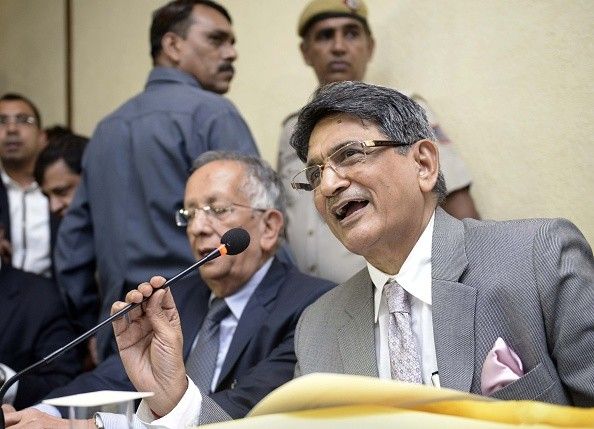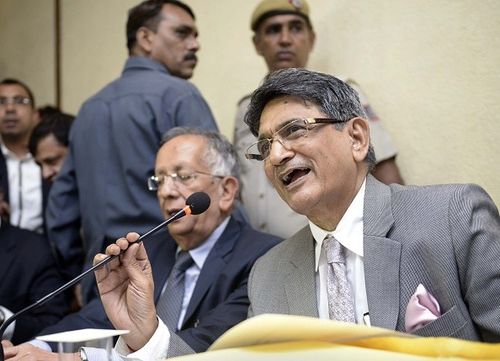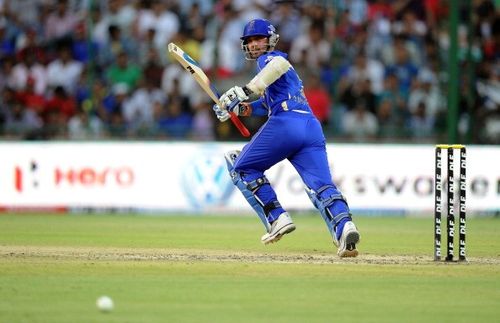
What the two-year ban on Rajasthan Royals could mean for Indian cricket

The Supreme Court of India delivered a decisive verdict on the IPL Sport-Fixing case, by handing out 5-year bans and lifetime suspensions to Gurunath Meiyappan and Raj Kundra respectively.
Along with that, the Justice RM Lodha-panel also took a massive step, by banning two IPL franchises- Chennai Super Kings and Rajasthan Royals- from the lucrative league for a period of 2 years.
Ever since the verdict, several people have called it as a symbol of restoring the faith of the public in the game. While that can be considered to be a right manner of accepting the verdict, the removal of one of the two teams- the Royals- could actually have bigger implications on Indian cricket in totality.
When the Indian Premier League first started in 2008, from the initial stages, the public began to assess teams based on the type of players they had at their disposal.The Royal Challengers Bangalore were called “ a Test team in T20 Cricket” since they had the likes of Rahul Dravid, Jacques Kallis, Mark Boucher etc.
The Deccan Chargers were termed to be real contenders for the title, due to the presence of the likes of Andrew Symonds, Adam Gilchrist etc. But if there was one team who weren't spoken about a lot by the experts, it was the Rajasthan Royals.
Led and coached by the legendary Shane Warne, The Royals didn't have the big stars, but thanks to some excellent performances from the likes of Yusuf Pathan, Shane Watson, Swapnil Asnodkar etc they went on to prove almost every single critic of theirs wrong and, remarkably, clinched the title.
Ever since then, the league has seen many changes, but what has remained constant has been the ability of the Royals to stand out from the rest in one distinct aspect, which is to take young players at their disposal, nurture them and provide them with the confidence to take up big responsibilities within the side.
The second season saw the rise of the likes of Kamran Khan and the fourth season saw Ajinkya Rahane, once touted as someone not suited to play the slam-bang version of the game, develop into a fine player.

The fifth and sixth season saw the further growth of Rahane, along with the rise of Stuart Binny, Sanju Samson, Dhawal Kulkarni. The franchise also gave someone like a Pravin Tambe an opportunity and he delivered for them.
But critical point here is that no IPL team produced as many good, young cricketers as the Royals did and they were probably the only team who delivered the essential motive of the IPL- which was produce new young players and get them ready to take on the world.
The development and the performances of the aforementioned players have also been taken to note by the Indian selectors. The Indian squad for the 2015 World Cup had three critical members from the current Royals setup- Rahane, Binny and Kulkarni- and also had an ex-Royal in Jadeja.
Without a doubt, Rahane was India’s best batsman in the four abroad tours last year. While he may not have got many chances, Binny has shown in the few chances that he has got that he can play a useful role for India. Kulkarni, too, has looked promising in the few matches that he has got.
The most notable aspect from the above examples is how big an impact will the banning of the Royals have on Indian cricket? Will we be able to see any other team replicate the kind of development of young players in a similar manner? Will we see young 20-21 year-olds from other franchises showcase their talent with as much freedom while playing for different teams?
So even as the Supreme Court verdict has been termed a path-breaking one with regards to restoring the faith among the Indian public, what impact it would have on Indian cricket, overall is left to be seen.